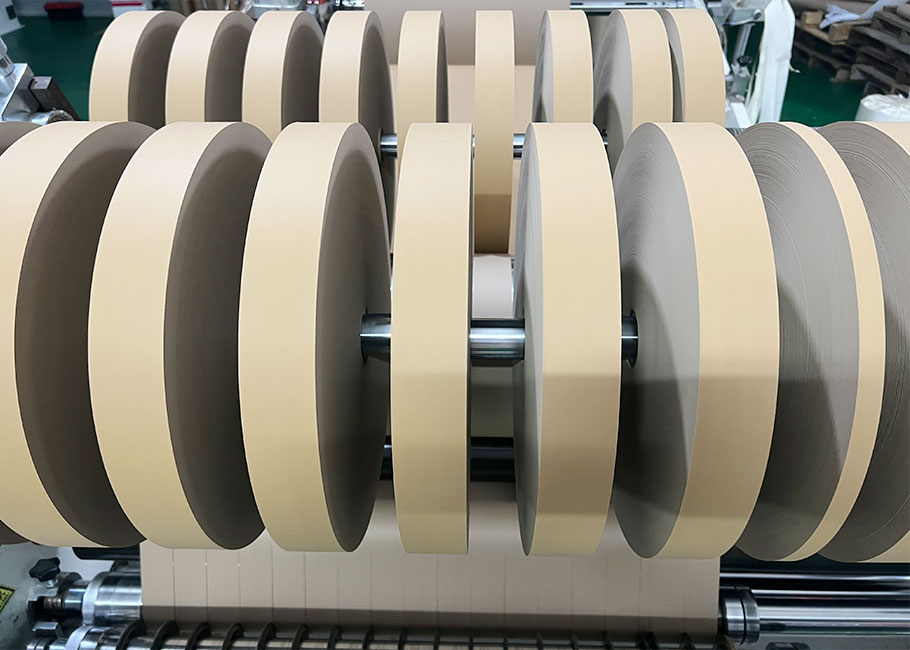xinyuanshun@xyspaper.com
|
+86-13316621858
+86-0750-3766098
Kraft Paper, known for its high tensile strength and durability, is a widely used material in various industries such as packaging, printing, and metalworking. Whether you are in the electroplating, stamping, or packaging sectors, choosing the right thickness of kraft paper is crucial for ensuring the protection and integrity of your products. In this guide, we’ll explore the different thicknesses of kraft paper and help you choose the best one for your needs.
Understanding Kraft Paper Thickness
Kraft paper thickness is typically measured in grams per square meter (gsm) or mils (thousandths of an inch), and it can vary widely based on the intended application. The strength and durability of kraft paper increase with thickness, so selecting the right gauge is essential for achieving optimal performance in your specific use case.
Common Thicknesses of Kraft Paper
Lightweight Kraft Paper (30-50 gsm):
Lightweight kraft paper is generally used for wrapping, craft projects, or as a protective liner in light packaging. This paper provides a basic level of protection but may not be suitable for heavy-duty applications.
Medium-weight Kraft Paper (50-100 gsm):
This thickness is commonly used in packaging, such as for food wrapping or as a protective layer in shipping cartons. It offers moderate strength and is flexible enough to fold easily while still offering some durability.
Heavy-duty Kraft Paper (100-200 gsm):
Heavy-duty kraft paper is widely used in industries such as metalworking, electroplating, and stamping. The thicker paper provides better protection, resists tearing, and offers greater strength for more demanding applications. It is also commonly used for industrial packaging and as a separator between products.
Very Heavy Kraft Paper (200-400 gsm):
For extreme protection, such as in shipping and heavy-duty industrial applications, very heavy kraft paper is the choice. It is highly durable and resistant to punctures, making it ideal for protecting delicate machinery, electronics, or large metal components.
How to Choose the Right Thickness for Your Needs
When selecting the thickness of kraft paper, consider the following factors:
Application:
The first step is to determine the intended application. For example, if you are using kraft paper for wrapping electronics or as a separator in electroplating, you may need a thicker paper with higher tensile strength. For lighter packaging needs, a thinner paper might be sufficient.
Product Protection:
The thicker the kraft paper, the better it will protect your products. If you need to shield sensitive items from scratches, dust, or environmental factors, opting for a heavier paper can provide an added layer of defense.
Cost-Effectiveness:
While heavier kraft paper provides better protection, it may also cost more. Consider the balance between protection and budget. For less critical applications, lightweight paper can help reduce costs without sacrificing too much performance.
Customization:
Many kraft paper suppliers offer customized widths and thicknesses to meet specific requirements. Whether you need a unique size for your packaging or a particular thickness for industrial use, choosing a supplier that offers customization can ensure you get the right product for your business.
Conclusion
The thickness of kraft paper plays a significant role in its effectiveness for various applications. By understanding the differences in thickness and considering your specific needs, you can choose the ideal kraft paper to ensure the best protection for your products. If you are unsure which thickness is right for you, consult us to explore customization options and get expert advice tailored to your requirements.

Previous: What Is OPP Film?